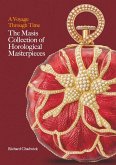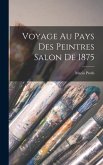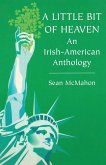A Journey to the Western Islands of Scotland by Samuel Johnson is without a doubt the travel writing genre's most well-known and much-debated work (1775). But this chapter mostly focuses on Johnson's previous A Voyage to Abyssinia and just briefly mentions his travels in Scotland (1735). The book contains Johnson's most in-depth reflection on the function and ethics of the traveler, although he never visited Abyssinia (modern-day Ethiopia), and the text is a translation of a travelogue written by the Portuguese Jesuit Jerónimo Lobo on his journeys in Ethiopia between 1621 and 1634. (and travel writer). He also takes into account the dangerous confluence of travel and religion, as well as the narrow line between exploration and dominance. Following a brief introduction to Johnson and his travel works, this chapter explores the intricate history of A Voyage to Abyssinia and demonstrates how Johnson, through the travelogue's significant Preface and other changes, adds his vivid layer of meaning to the Portuguese original material. Johnson admires Lobo as a travel writer because of his honest and objective firsthand description of his travels, but he also consistently criticizes travel that is undertaken to demonstrate the superiority of a certain culture or confession or the might of a particular deity.
Hinweis: Dieser Artikel kann nur an eine deutsche Lieferadresse ausgeliefert werden.
Hinweis: Dieser Artikel kann nur an eine deutsche Lieferadresse ausgeliefert werden.








